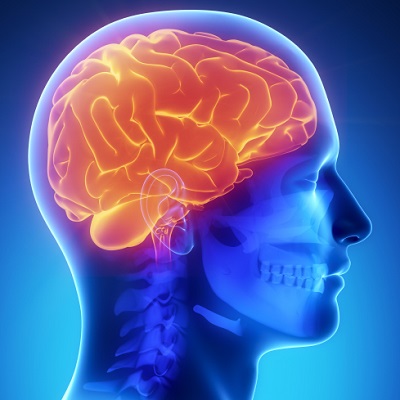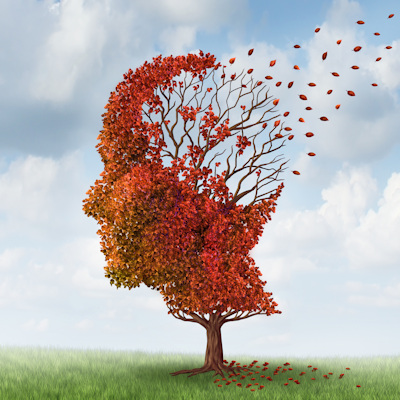September 15, 2022 -- A new theory posits that the biophysical properties of cell interiors change as people age, driven in part by “molecular crowding,” and that has implications for neurodegenerative conditions such as Alzheimer’s disease.
Abnormal, condensed cells (tangles) are nearly always present in those with neurodegenerative conditions. Why? NYU Grossman School of Medicine researchers and the German Center for Neurodegenerative Diseases sought to find out. They built an artificial system that revealed how the formation of condensates changes the action at the molecular level of kinases enzymes. Kinases phosphorylate molecules and the formation of engineered condensates during phase separation offered more "sticky" regions where kinases and their targets could interact and trigger phosphorylation signals (Molecular Cell, September 14, 2022).
The study results show that physical changes such as crowding can drive condensate formation that is converted into biochemical signals as if condensates were squishy computers. In particular, cyclin-dependent kinase 2 is known to phosphorylate the microtubule-binding protein Tau. Tangled condensates of Tau are found frequently in the brain cells of patients with Alzheimer's disease. Specifically, when Tau and cyclin-dependent kinase condensed together into dense droplets, there was a three-fold acceleration of phosphorylation at a group of sites on Tau (the AT8 epitope) linked to Alzheimer's disease.
That also means the formation of more Tau condensates drives more Tau phosphorylation. It's unknown whether these mechanisms lead to more brain cell death, and whether reversing them could be a new treatment approach, but that's what the researchers will tackle next. They also plan to study whether compounds known to inhibit the protein complex mTORC1 can reduce crowding and Tau phosphorylation.
Copyright © 2022 scienceboard.net










